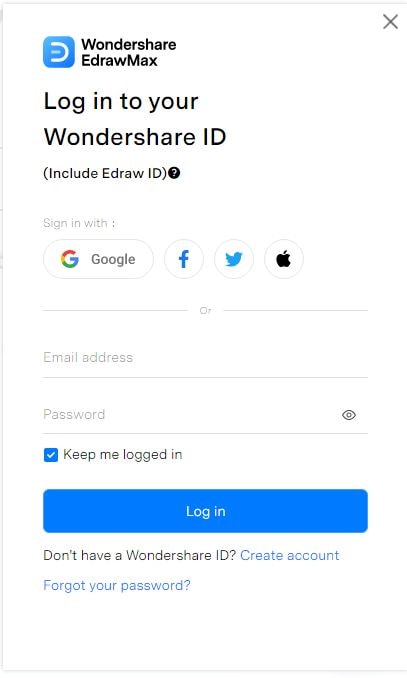In the age of digitization, AI chatbots have taken center stage. These chatbots have transformed user experiences across various platforms. But why are they gaining such traction?
The answer to that question lies in the ability of AI Chatbots to provide accurate and instant information and solutions of all kinds. From customer support to e-commerce recommendations, these intelligent digital assistants transform how businesses interact with users.
Efficient bot interactions and search for adaptable solutions have led many towards open-source AI chatbots. So, Let’s dive in to learn more about Open-Source AI Chatbots and how they are helping the world!
In this article
Part I. Five Best Open-source AI Chatbots
1. Rasa
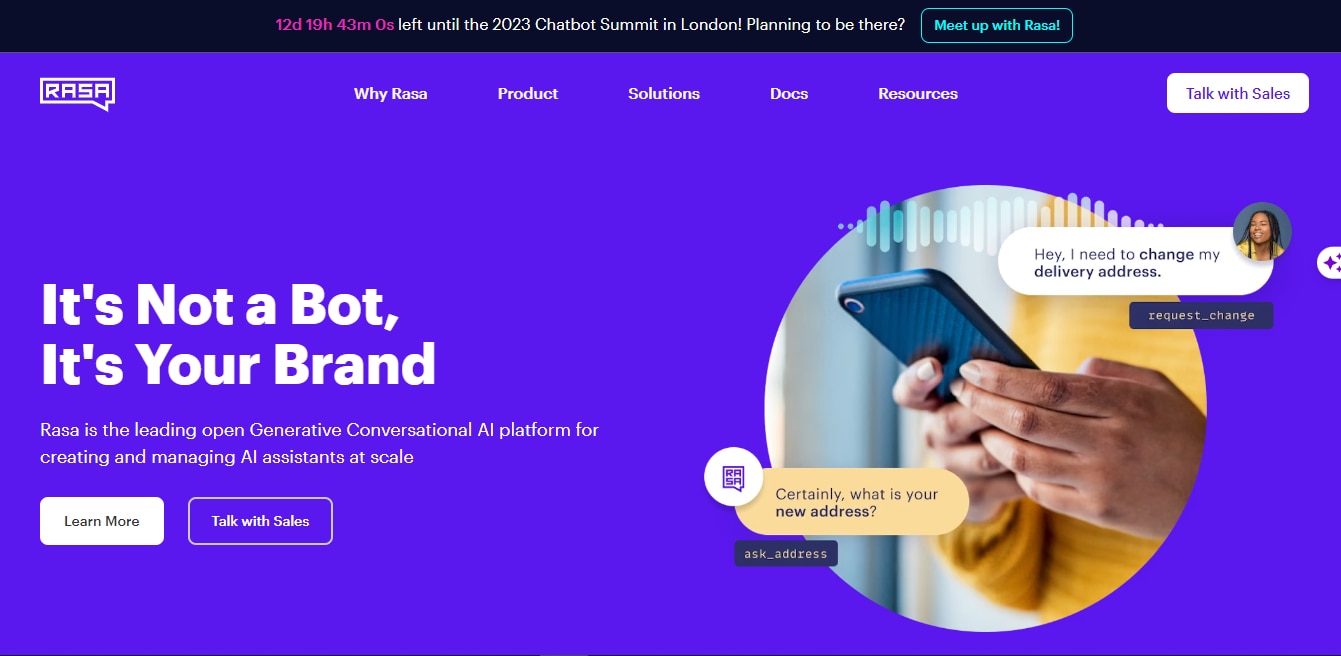
Rasa is a machine learning framework that enables developers to create AI chatbots. It offers a set of high-level APIs to build contextual assistants and integrate them into various channels. It has a strong focus on conversational AI. You will surely enjoy chatting with this chatbot.
It offers a robust training platform, allowing developers to incorporate NLU (Natural Language Understanding) and dialogue management. The open-source nature ensures that proprietary software limitations don't restrict developers. Users praise Rasa for its flexibility and the strength of its community support.
You can use Rasa in e-commerce customer service to IT helpdesk support. It is a reliable tool that provides to-the-point information and gives customized answers.
Limitations: Some users note a steep learning curve for those new to chatbot development.
2. Botpress
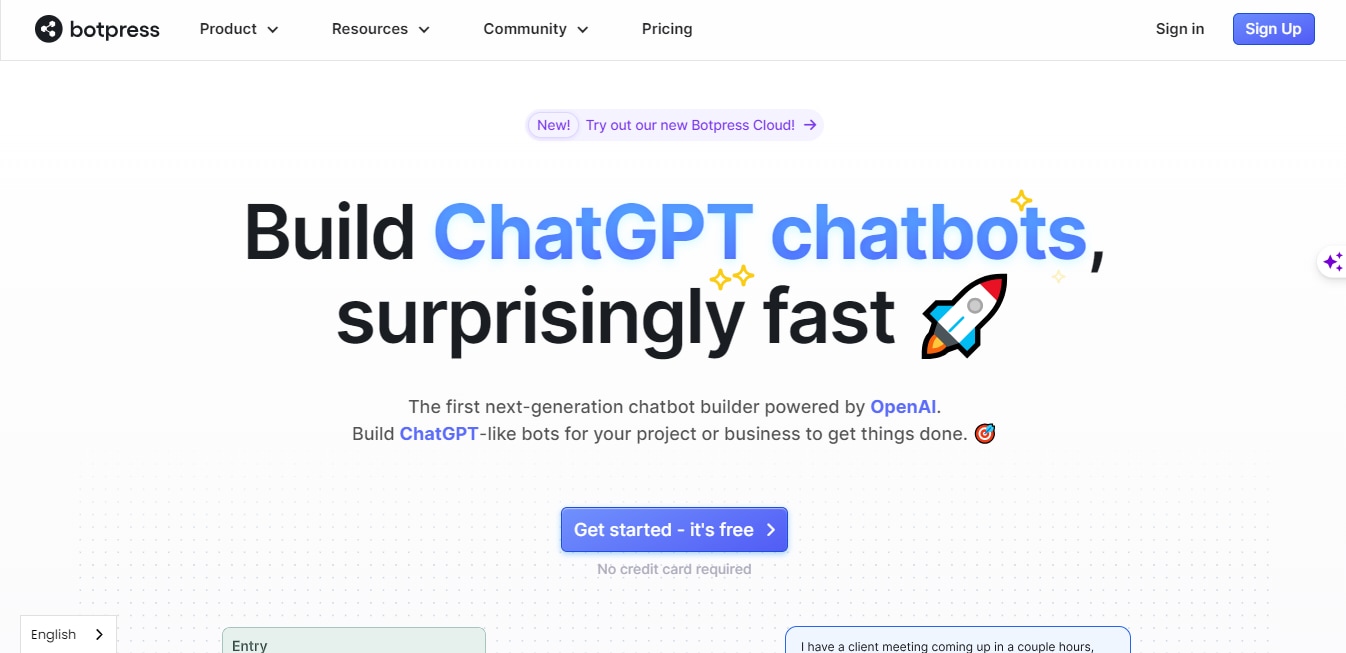
Botpress is a lightweight and fast open-source chatbot development platform. It offers a visual builder that makes the creation process more intuitive. It provides a delightful balance of power and user-friendliness. It integrates a visual builder that streamlines the bot creation process.
Its native compatibility with major messaging platforms adds to its appeal. You can use different extensions to enhance its ability to respond and provide custom answers.
Its modular design helps developers to add functionalities as they need. It also offers out-of-the-box integration with many major messaging platforms. It is indeed an excellent and agile chatbot development platform.
Limitations: As an open-source tool, some advanced features might need manual coding or integration.
3. ChatterBot
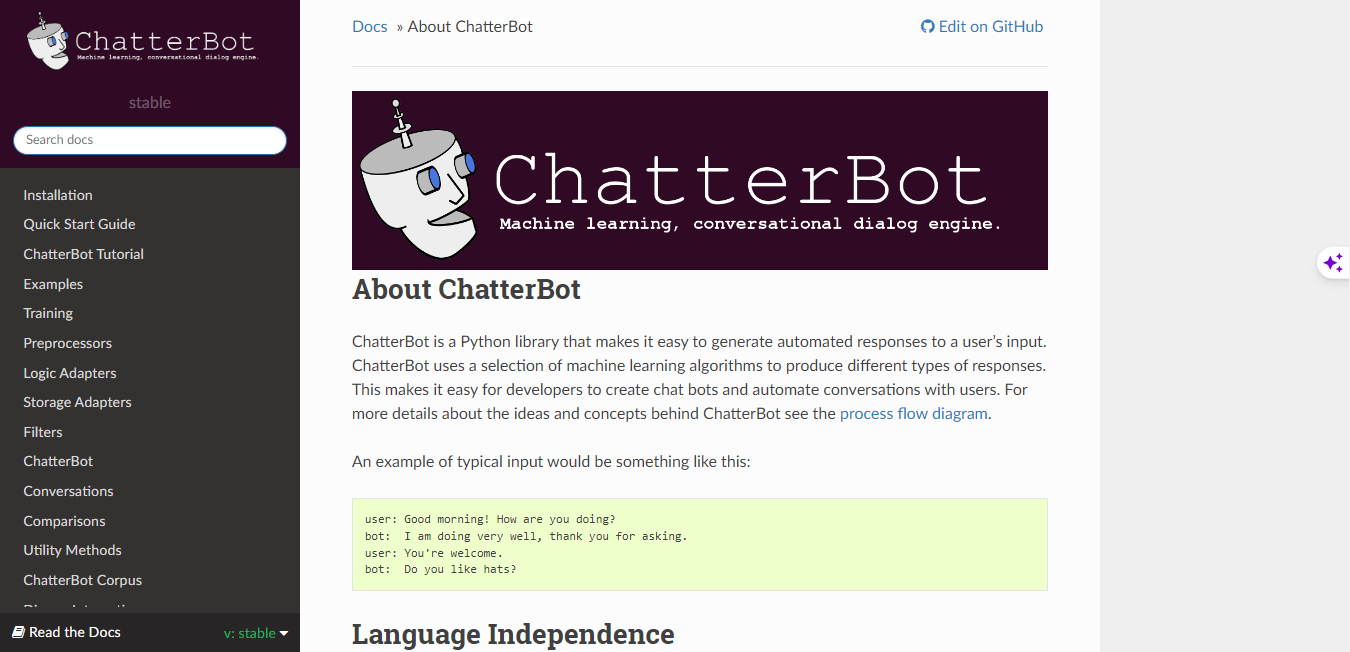
It is a predominantly Python-based chatbot. It offers a straightforward approach to craft conversations. Its lean structure ensures developers can swiftly move from concept to conversation.
Its machine learning backbone ensures ChatterBot evolves and refines its responses. You will see a huge clarity over repeated interactions. Its Python-centric approach is a boon for developers familiar with the language.
It is the best chatbot for educational platforms. They can leverage it for interactive sessions. On the other hand, businesses can use it for front-line customer queries and website engagements.
ChatterBot's charm lies in its elegant simplicity. It is an optimal choice for those wanting rapid deployment without extensive configurations. Many users commend its ease of setup, though some wish for a broader range of functionalities.
Limitations: ChatterBot might require supplemental tools or extensions for multifaceted chatbot scenarios.
4. Wit.ai
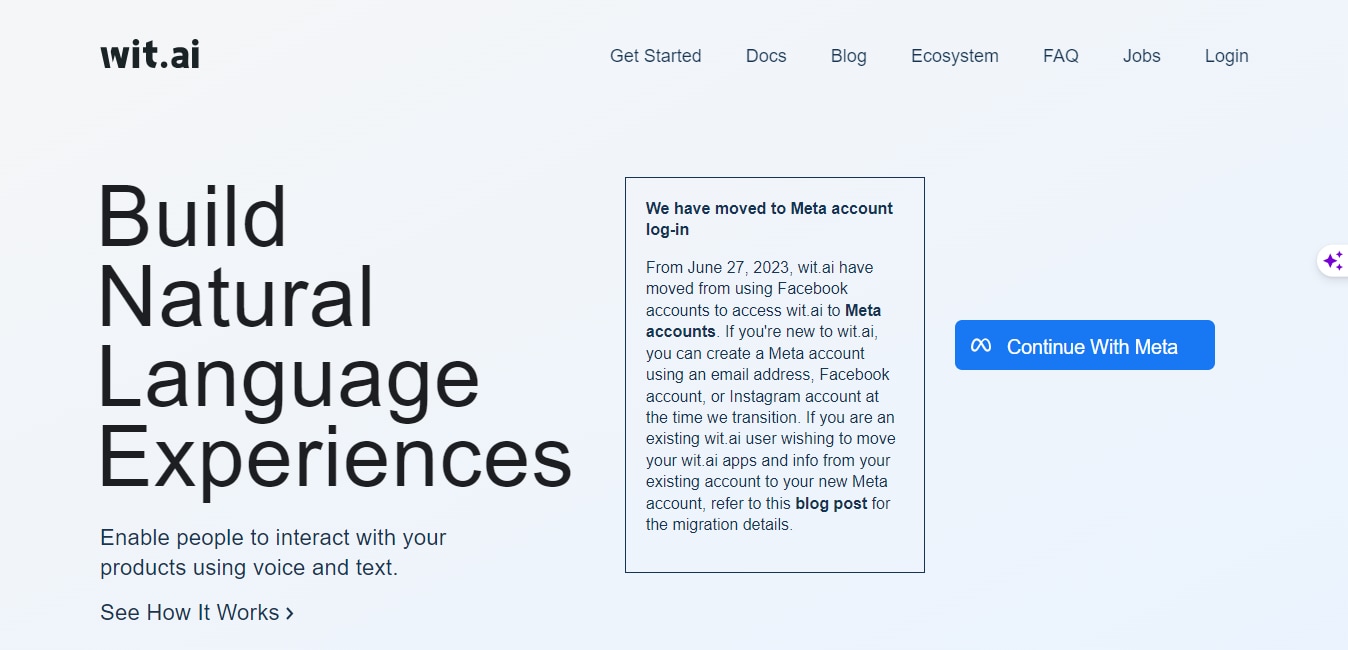
Wit.ai was initially started as a standalone startup. It was then owned by Facebook in 2015. It has become a proponent in the realm of voice and chat applications. Its user-friendly interface allows for quick development and deployment of chatbots across various platforms.
It enables developers with limited AI expertise to build engaging, multilingual bots and voice-interactive applications.
Wit.ai combines its expansive language recognition capabilities with a simplified drag-and-drop interface. It helps bridge the gap between complex bot development and the broader developer community. With the backing of the Facebook ecosystem, things become easier for users.
Its multilingual voice and text recognition capabilities make it a potent tool for a global audience. Integration with the expansive Facebook ecosystem further complements its capabilities.
Wit.ai's voice recognition is especially appreciated for its accuracy. It supports several languages, and it is a huge plus point. Users appreciate its user-friendly interface and robust integration capabilities.
Limitations: There are several data privacy concerns due to its affiliation with Facebook.
5. Snips
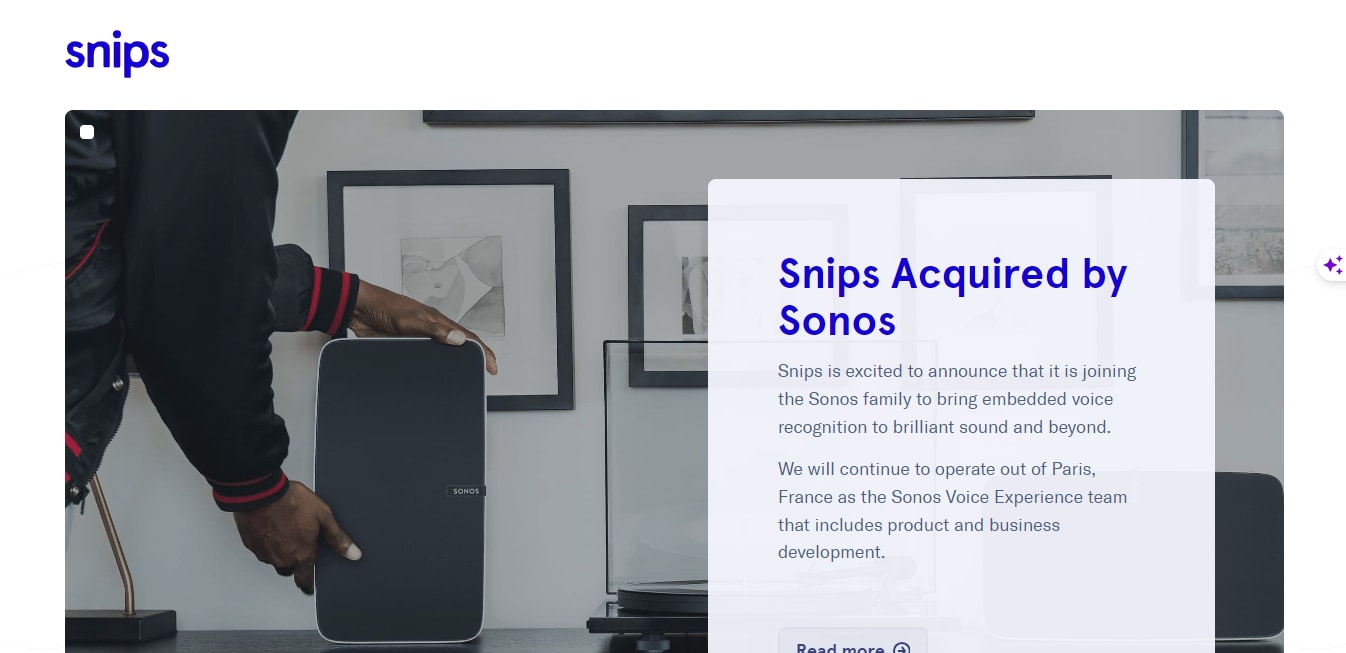
Snips were initially designed for voice interfaces. It has evolved into a platform capable of powering voice and text-based chatbots with time.
Snips is especially appealing to many developers and enterprises due to its commitment to on-device processing. It ensures user data privacy by not sending data to the cloud. It positions itself as a tool that lets developers build private-by-design applications. It is a suitable tool in an era where data privacy has become a pivotal concern.
Beyond its data privacy assurances, Snips boasts a rich development environment. It is lightweight and offers seamless integration with various smart devices. It makes it a favorite for IoT projects.
Given its voice-operated focus, it is particularly adept for smart home device interactions, automobile voice assistants, and other IoT devices where privacy is the key!
People love its focus on privacy and the quality of its voice recognition.
Limitations: Its emphasis on on-device processing can limit scalability for some larger applications.
Part II. Edraw AI: Not Open-Source But Definitely Worth a Try
In the realm of AI-enhanced tools, while open-source platforms grab a lot of attention, proprietary tools like Edraw AI offer unique features. It makes Edraw AI a noteworthy contender in the market.
This chatbot is an excellent choice for businesses needing quick answers and data security.
It’s not open-source, but it's also worth a try.
Edraw AI, despite not being open-source, has carved a niche for itself by offering a blend of AI capabilities and rich visualization tools. The strength of Edraw lies not just in its AI abilities but in its ability to seamlessly bridge the gap between complex data representation and visual graphics.
It is an excellent option for businesses and individual users who prioritize user-friendly interfaces alongside robust functionalities.
Integrated with various diagramming abilities:
One of Edraw AI's standout features is its vast range of diagramming capabilities. You can create several diagrams with just one click. Isn’t it that amazing? The platform supports:
- One-click Diagramming: Users can swiftly generate a range of diagrams with just a click. It includes flowcharts, tables, and lists, making data representation a breeze.
- Mind Mapping & Analysis Tools: Edraw AI shines when it comes to crafting mind maps, user profiles, SWOT analysis, and PEST analysis. These tools are invaluable for strategic planning, brainstorming sessions, and user experience design.
- Advanced Diagram Analysis: For more intricate data representation and analysis, Edraw AI offers specialized tools for flowchart generation, organizational chart design, and even Gantt charts, which are crucial for project management timelines.
Edraw AI might not be open-source, but its vast functionalities and ease of use make it a tool worth considering!
Conclusion
In recent years, we have witnessed rapid progress towards digitalization, which has led to the creation and adoption of AI chatbots. People from all species of life are not using these chatbots.
From open-source platforms like Rasa and Botpress to proprietary powerhouses like Edraw AI, AI offers tailored and user-friendly experiences. As we advance into the AI-driven future, these platforms will play a pivotal role in shaping dynamic digital experiences.





